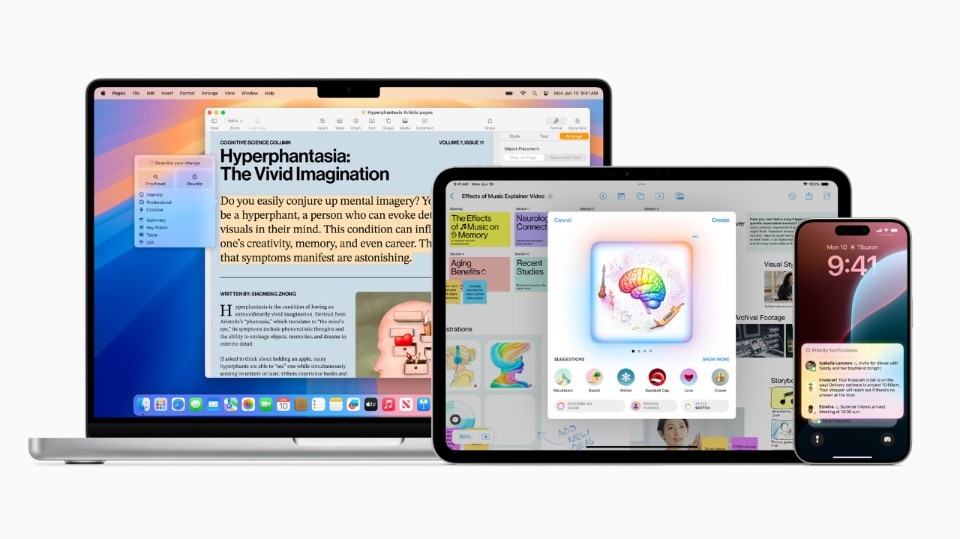
The lounge moves outdoors
Pedrali presents a collection of padded outdoor furniture designed to transform exterior space into elegant and functional extensions of the home.
- Sponsored content
Smartphones thrive on enthusiasm, which is often translated into elaborate marketing strategies rather than real functional benefits. There was the period of night photography, then foldable phones, or the years when having thinner and thinner bezels around the screen seemed like a matter of life and death. All this happened as smartphones became an integral part of our lives, becoming our main way of communicating, navigating and paying, while replacing many things that are no longer with us today.
The boom of AI in “chat format” is just the latest chapter in an acceleration of new technologies that have been more or less taking root since the post-Covid era, just think of NFTs or the Metaverse.

 View gallery
View gallery
ChatGPT and MidJourney have become part of our lives; can they stay away from smartphones? In recent months, the integration of AI capabilities into what we used to call “mobile phones” and other devices has been the highlight of keynotes from the tech giants. Especially those dealing with major operating systems: Microsoft with Copilot, Google with Gemini. This summer, Motorola announced the integration of Gemini on its latest Razr foldable, while Oppo launched an AI smartphone “accessible to all”. Meanwhile, at Apple’s annual developer conference, they presented their formula for intelligence on Mac and iOS, which we will probably see next spring. Samsung has integrated AI functions for text, simultaneous translation and images on the Galaxy S24, launched a few months ago, and has improved the formula on its latest range of Fold and Flip foldables, exploiting their particular form factor for other applications.

 View gallery
View gallery

4. Creation of alternative realities
from The Chronicles of Narnia: the Lion, the witch and the wardrobe

4. Creation of alternative realities
from The Chronicles of Narnia: the Lion, the witch and the wardrobe
Today’s phones allow us to ask for information in chat format, convert conversations into text notes, edit images and much more. But is that enough for us? Absolutely not. We thought about what are the most important features to improve our routines and well-being. Here are a few.

1. AI that listens to voice messages for more than 30 seconds and responds with your voice
from Scream, 1996

2. An assistant that shops for groceries and delivers them to your door, based on what you need and want
from The big Lebowski, 1998

3. An outfit suggestion based on the weather and your day
from The devil wears Prada, 2006

4. An app that takes the photos you didn't have time to take
from Rear Window, 1954

5. A phone that comforts you when you feel sad
from Lilo & Stitch, 2002

6. An assistant that deletes your ex from your phone, even from holiday photos
Courtesy Corriere dello sport

7. An organiser for going out with friends that does everything automatically without the need for countless messages
from How I Met Your Mother, 2005

8. AI that engages in sexting for you when you don't feel like it
from Fantozzi contro tutti, 1980

9. Psychotherapy sessions during your commute
Courtesy @scopertine

10. An app that tells you "when it was better to stay home"
da Fight Club, 1999

With an open question: can AI become the true friend you are looking for?
from Toy Story, 1995

Enveloped by nature
Conca, by Vaselli, is more than just a hydro-massage mini pool; it is an expression of local history and culture.
- Sponsored content











